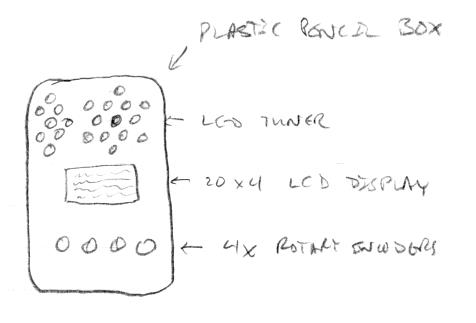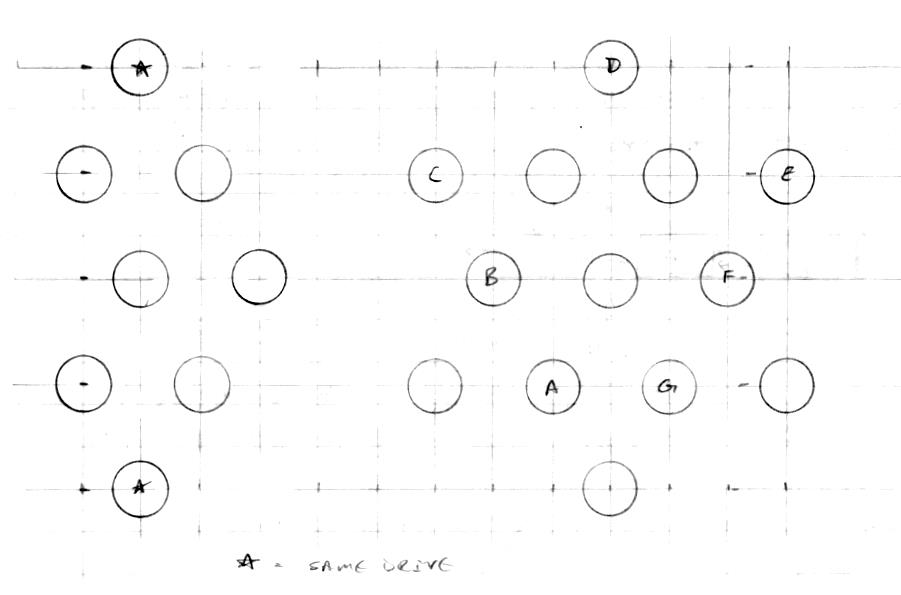Been thinking about PLLs and DLLs as the basis of oscillators, particularly those for the volume / left hand axis control where resolution isn't quite as pressing. LC resonators don't make the best "clocks" (they need periodic stimulation to get to higher amplitudes) so from my limited experimentation it seems simply using the LC signal delayed to whatever phase is appropriate for LC stimulation can lead to stalling and other strange GIGO behavior. The best configuration seems to be a steady clock of some sort as stimulation, with phase lock to the LC output.
PLLs employ an explicit oscillator with frequency control input. This isn't ideal because we really want the period, which is the inverse of frequency and to a first order proportional to capacitance. A DLL with cyclic or repeating output may be best here. Two axes for the left hand might be implemented with two Ls connected to two antennas with the output connected to two phase detectors, with the combined output controlling a single repeating delay-based stimulus. The phase error must be integrated to set the delay, and this provides a natural LPF output for the operating point, which could easily be LPF'ed more for use in synthesis.
=============
Also thinking about LC Q some. If Q is degraded then the resonant peak is broader and squatter, which makes resonance less selective and may let environment interference and the radiation of other axes in. In-phase stimulation & sense gives the best Q because the drive resistor can be made quite small (tens of K) but unfortunately the sense reverses phase just a bit below resonance. Above resonance it's fine though. Arrangements that rely on RC delay (Vackar?) kind of scare me because they don't naturally go right to the natural resonance point and so may require component value adjustments to get them right for a given antenna.







